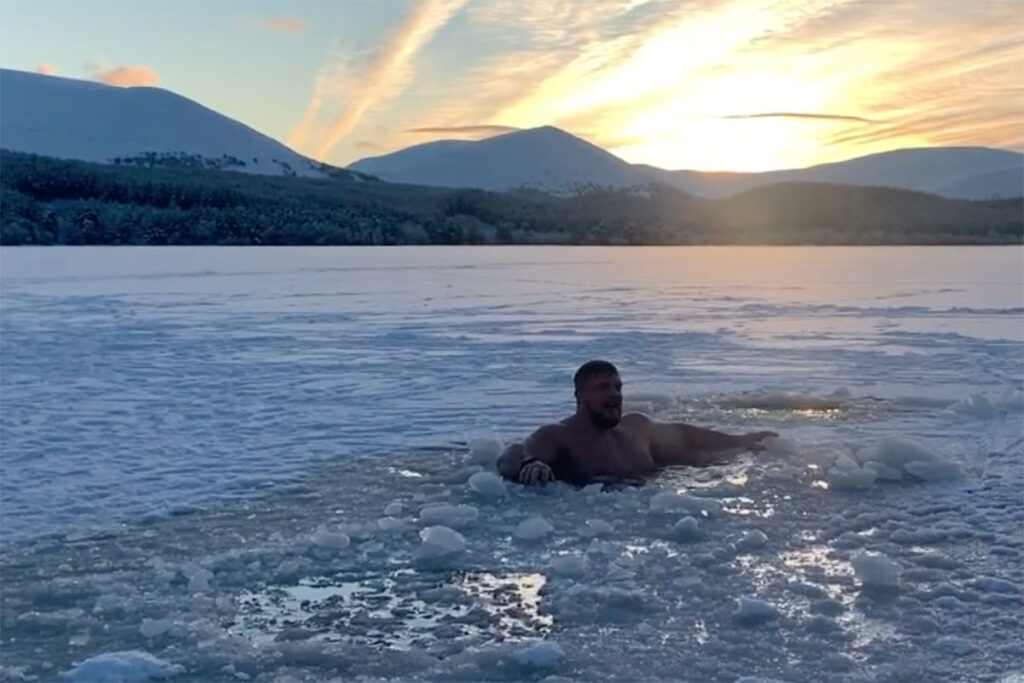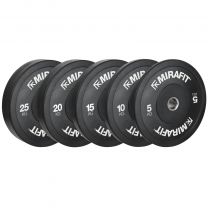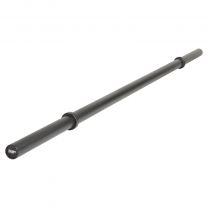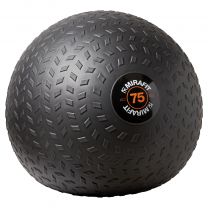Why Do Athletes Take Ice Baths?
Why Do Athletes Take Ice Baths?

Have you ever attempted the ice bucket challenge? You can count me out! The thought of the ice cold shock on the body and the loss of breath from the cold is enough to keep me in warmer environments. So what is it with professional sportsmen and women who calmly climb into an ice tub after a grueling match or event and is there any method to their ice bath madness?
The general theory is that the cold temperature causes a restriction in blood flow. This restriction limits the amount of metabolic waste products that get spread around the body at the end of a hard bout of training or a game situation. By limiting the spread of metabolic waste you will be able to reduce your recovery time. That is the theory, but does it work?
"I've always got DOMS, I'm sore from training. After, I feel refreshed and have less DOMS" - Tom Stoltman
Numerous articles point to the benefits of cold therapy and cold therapy is also being used in other methods such as the Wim Hof method. The Wim Hof method uses three pillars, namely breathing, cold therapy and commitment to help condition the body and focus its energy.
The primary use of the cold therapy pillar is to speed up metabolism and reduce inflammation and swelling. I would imagine that sportsmen and women have their metabolisms under control but the Wim Hof method certainly gives more credit to ice bath techniques as a recovery method.
"It's very good for my tendon pain. When I sit in the cold water for a length of time, it really brings that inflammation down and helps reduce the pain" - Luke Stoltman
A recent, comparative study on rugby players compared markers associated with recover and the results which have been summarised below:
Creatine Kinase (CK)
An enzyme associated with an increase in muscle damage.
Ice Water Bath Group
Lower increase in CK concentration immediately after exercise and more substantially 24 hours after exercise.
Control Group
No change from normal creatine kinase reaction.
Delayed Onset Muscle Soreness (DOMS)
Muscle stiffness or soreness usually experienced 24 to 72 hours after physical exercise.
Ice Water Bath Group
Soreness peaked immediately after exercise and players experienced a reduction in pain levels.
Control Group
Soreness peaked 24 hours after exercise.
Counter Movement Jump (CMJ)
Ice Water Bath Group
Peak decline in jump height immediately after exercise.
Control Group
Peak decline in jump height 24 hours after exercise.
So how do we use this information? The results of the study suggest that by having an ice bath we not only lower the amount of pain experienced in the muscles but we also lower the recovery time needed by causing the body to start the recovery cycle sooner.
So far we have spoken about recovery after an event but what about from normal training? You might be thinking that you could do more training sessions or even harder training sessions more often by using ice bath techniques. Unfortunately I would advise against that.
Your body has a natural recovery process after training which results in improved performance once it has recovered. If you had to keep shortening the recovery time from training you would actually be getting less out of your training. This is a situation I am sure most of us would like to avoid. Besides, what is the point of putting in the effort to get less out of the session?
"The benefits are long-term, not short-term. I use it every single day" - Tom Stoltman

How to help your recovery using ice bath techniques
So you have a hard event coming up and you would like to recover from it quickly! You have a tub and some ice? Now what? Firstly, you would ideally want to use the ice bath as soon as possible. There is little point in trying to speed up your recovery if you feel the need to hang around after the event and socialise first!
You should also make sure that you can submerge the whole body or at the very least the part of your body that has done all the work. And how much ice should you add to your tub? As much as you can but remember you should not use ice alone, you should mix it with water. You might think that this will increase the temperature but by making use of water as well the cold temperature from the ice is able to circulate better.
If you don’t have access to a tub and ice there are still other options. My favourite solution would be to have a hot / cold shower. For this method you would alternatively run a shower for 30 seconds on cold and 30 seconds on hot. This is not only more manageable than an ice bath and more readily available but some research suggests this is a better form of cold therapy as it still allows the blood to circulate and remove metabolic waste products during the hot part of the shower while still reducing the inflammation.
"For my mental strength, it really improves that. It gives me a reset" - Luke Stoltman.

How cold and how long?
When doing an ice bath you should remember that the ice will more than likely be making direct contact to your skin. This brings up the issue of frostbite. To avoid this it is best to keep the temperature of the water away from freezing. While controlling the temperature is not easy you should find that it settles between 10 - 15 degrees celsius which is ideal. You also should minimise the contact time with the cold therapy. 10 minutes is considered long enough to get the benefits in recovery.
So if you are brave enough to take the plunge into ice bath recovery techniques or one of the alternatives you will recover quicker, experience less muscle pain and have the neuromuscular system ready to fire again sooner than if you allowed the body to recover naturally. If you are not partial to icey torture then make sure to give yourself more recovery time after an event and include some other recovery techniques such as Foam Rollers which can also assist recovery.
Written by guest author Brendan McBirnie.
For more content, follow us on Instagram, YouTube, TikTok, and on our official Mirafit Facebook page.
Enter your email to signup to our newsletter
Tags: Misc > Recovery







